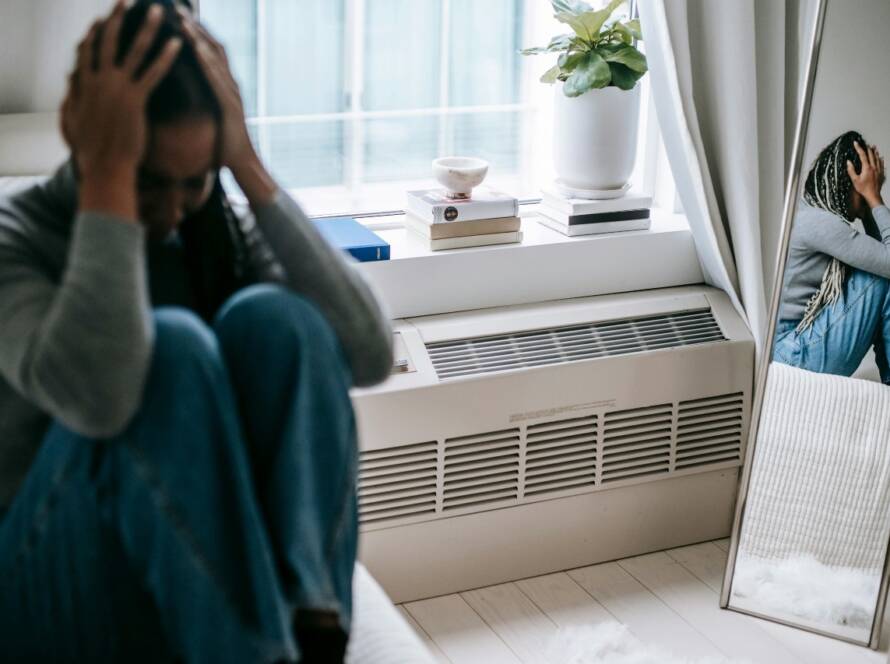Worried that eye surgery might be your only option? Take a deep breath. If you’re noticing vision changes – maybe cloudy lenses (cataracts), persistent floaters, dry eyes that sting, or even puffy mornings – it’s completely normal to feel anxious. That nagging question, “Can I manage this without surgery?” is one we hear often.
1. Understanding Your Options – Starting with Serious Conditions
1.1 Cataracts: Navigating the Cloudiness
Cataracts—when the lens of the eye becomes cloudy—tend to develop slowly. Surgery is currently the only way to remove them, and it’s highly effective when the time comes. But not everyone needs immediate surgery. If your doctor says it’s “not time yet,” you may still have months or years to support your vision in the meantime.
Here’s what many people try to stay functional and comfortable:
- Light is Your Friend: Use bright, non-glaring light indoors. Outdoors, amber-tinted sunglasses can cut through haze and glare.
- Protect Proactively: Wear UV-blocking sunglasses, avoid smoking, and consider antioxidant-rich foods to support long-term eye health.
→ Where frequency therapy fits:
For people with early-stage cataracts, frequency therapy is sometimes used to help reduce eye strain, improve comfort in bright light, and slow the sense of visual decline. It doesn’t remove the cataract, but some users find that regular sessions—especially with eye-related programs—help them see more clearly for longer before surgery becomes necessary.
1.2 Glaucoma: The Silent Pressure Threat
Glaucoma often causes damage before symptoms appear. It raises pressure inside the eye and can lead to optic nerve damage and permanent vision loss. For this reason, medical treatment—especially prescribed eye drops—is absolutely essential, and should never be skipped or replaced.
Still, some people explore supportive tools to complement their care—especially if eye pressure isn’t responding well to medication, or if surgery has been suggested as the next step.
Here’s how people support their plan, with their doctor’s guidance:
- Stay on Schedule: Use alarms or pair your drops with daily habits to stay consistent.
- Watch Head Positions: Avoid long periods in head-down poses (like deep bends or certain yoga poses) that may increase pressure.
→ Where frequency therapy fits:
Managing glaucoma isn’t just about using eye drops—it’s about keeping eye pressure as steady as possible over time. Some users have turned to frequency therapy as an added layer of support, particularly when their pressure readings start creeping up despite medication. Several users have reported seeing noticeable drops in eye pressure during regular use of glaucoma-related frequencies. Though individual results vary, these outcomes suggest that frequency therapy may assist in stabilizing intraocular pressure when used consistently and responsibly.
2. Common Everyday Eye Troubles – What People Manage at Home
2.1 Eye Floaters: Small Shadows, Big Frustration
Eye floaters—those drifting specks or thread-like shapes—are usually harmless but can be annoying or distracting, especially in bright light. Doctors often say they’re a normal part of aging and not worth treating. But for many people, that doesn’t mean they’re easy to live with. So, what can be done when floaters start to interfere with daily life?
→ Where frequency therapy fits
Some users turn to frequency therapy with the hope of easing this visual clutter. While floaters usually don’t vanish overnight, a number of Frequency Healing users report gradual improvement or even complete disappearance after regular sessions using eye-related programs.
2.2 Blurred Vision and Visual Fatigue: When Things Just Don’t Look Right
Not every vision issue is tied to a diagnosed disease. Some people simply notice that their eyes tire faster, reading becomes harder, or their glasses don’t seem to work like they used to. Others feel overwhelmed by screen time or struggle with sudden sensitivity to light. These experiences are common, and they often come long before anything shows up on a doctor’s chart.
→ Where frequency therapy fits
In these cases, frequency therapy isn’t used to “fix” a condition—it’s more like a warm reset. Programs for eye support, vision clarity, or fatigue relief may help soothe overstimulated eyes and gently remind the body how to self-regulate. Think of it as digital rest for your visual system—calming overstimulation, easing stress, and supporting daily comfort.
Gentle Support for Eyes that Matter Most
Our eyes do so much—quietly helping us read, drive, recognize faces, and see the world. When something feels off, it’s natural to worry. But as many Frequency Healing users have shared, there are steps you can take today to support your vision, ease discomfort, and even slow down some changes. Whether you’re dealing with floaters, tired eyes, or the early stages of cataracts or glaucoma, frequency therapy may offer a calm, non-invasive way to feel more in tune with your eye health. It’s not a replacement for medical care, but it can be part of your wellness toolkit—especially when paired with good lighting, clean habits, and nutrition. You don’t have to walk this path alone. Many in our community have asked the same questions you’re asking now—and found real encouragement through sharing their stories.






